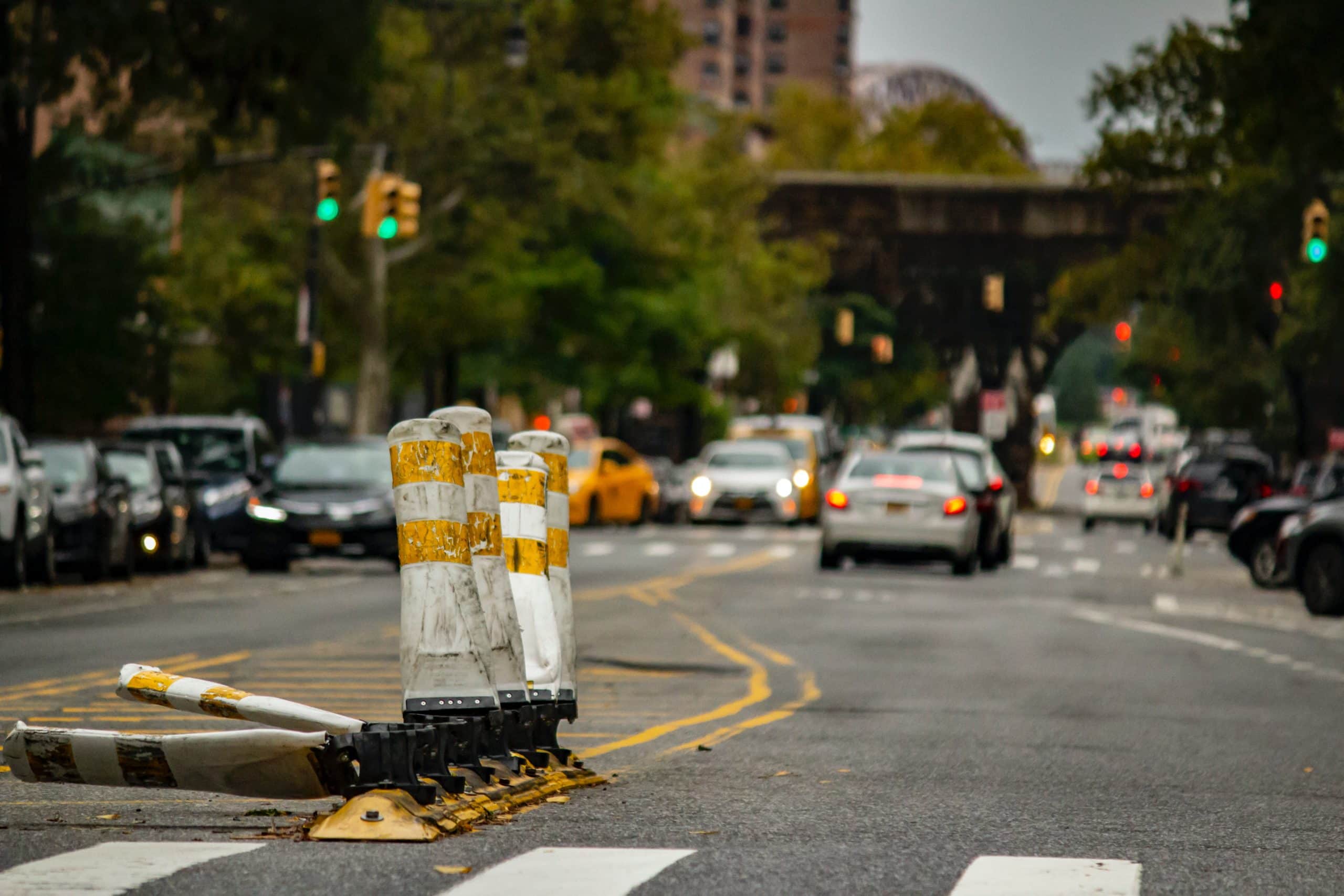The Great Transformation begins
Where to start? The economy, the environment, social cohesion, geopolitics, trade, mental health?
Never in modern times has one event had such a wide-ranging effect on the world, its inhabitants and its ecosystems.
Following the Great Lockdown will come the Great Transformation, a series of profound changes to what is already being described as the “old normal”.
As the world stands on the edge of change, this is a pivotal moment for leaders to seize the opportunity to shape a better new normal.
Accepting and merely navigating the fallout from large-scale disruption risks resulting in a poorer – some would say dire – outcome.
Perceptions and insights
Based on the perceptions of 350 of the world’s top risk professionals, a thorough analysis of early evidence and trends, and the collective knowledge of the Global Risks team and its partners (Marsh & McLennan and Zurich Insurance Group), the report identifies four key areas of concern:
- Economic Shifts: Emerging Risks from Structural Change
- Sustainability Setbacks: Emerging Risks from Stalling Progress
- Societal Anxieties: Emerging Risks from Social Disruptions
- Technology Dependence: Emerging Risks from Abrupt Adoption
Economic risks top the charts
Unsurprisingly, economic risks are regarded as the most challenging fallout from the pandemic, dominating companies’ risks perceptions. A prolonged global recession tops the list of most feared risks, closely followed by bankruptcy, industry consolidation, failure of industries to recover and a disruption of supply chains.
Alongside this, geopolitical disruption to business, in the form of policies that exploit COVID-19 to restrict the movement of people and goods, is another greatly feared risk. Couple these with concern of another infectious disease outbreak, an increase in cybercrime and the breakdown of IT infrastructure and networks, and the outlook fuels pessimism.
The most likely fallout

A pandemic in (some) numbers
- 500m — People at risk of falling into poverty
- 3% — Expected drop in world output
- 13-32% — Anticipated fall in global trade
- 30-40% — Estimated drop in FDI
- 80% — Students worldwide (1.6bn) out of school in March 2020
- 34% — Adults feeling adverse effects on their mental health during lockdown
- 1% — Increase in unemployment results in 2% increase in chronic illness
Opportunities not forecasts
But it doesn’t have to be that way. The world is on a precipice, but decisive and bold action could bring it back from the brink. At this stage, it is hard to imagine – and even yet identify – the many positive signs emerging from the pandemic, and with them attendant opportunities.
There is a new-found understanding and appreciation for essential public services, most notably health, but also education, care and social safety nets. The solidarity and compassion that individuals have shown one another bodes well for the degree of collaboration that will be needed between civil society and the public and private sectors to effect positive change.
Behavioural change resulting from widespread lockdowns suggests support for, and interest in, more sustainable consumption and mobility habits. This, alongside the implementation of green stimulus programmes, has the potential to fundamentally – and positively – change the way in which industries, economies and societies operate.
More sustainable and digital operating models beckon business, while an extended period of homeworking and schooling has provided an insight into the benefits offered by more technologically-enhanced ways of learning, working and producing, from telemedicine and logistics to the knowledge economy.
History shows that pandemics can lead to a renaissance in art and thinking, and in the 21st century this points to a new era for innovation, growth and enhanced technology governance in the service of societal and environmental goals.
On average, one new infectious disease emerges in humans every four months and 75% of them come from animals; one of them being the novel coronavirus.
—UNEP
Sounding a warning
It’s time to read these reports and better understand the risks, without which it is difficult – perhaps impossible – to make the right choices.
The key takeaway is that these are perceived risks not forecasts. In this respect, they serve as a warning of how things could turn out if early warnings are missed and the responses are handled poorly.
Download the report at the right sidebar to read more.
This article was first published here.
Photo by Mick Haupt on Unsplash.

 5.0
5.0 





















